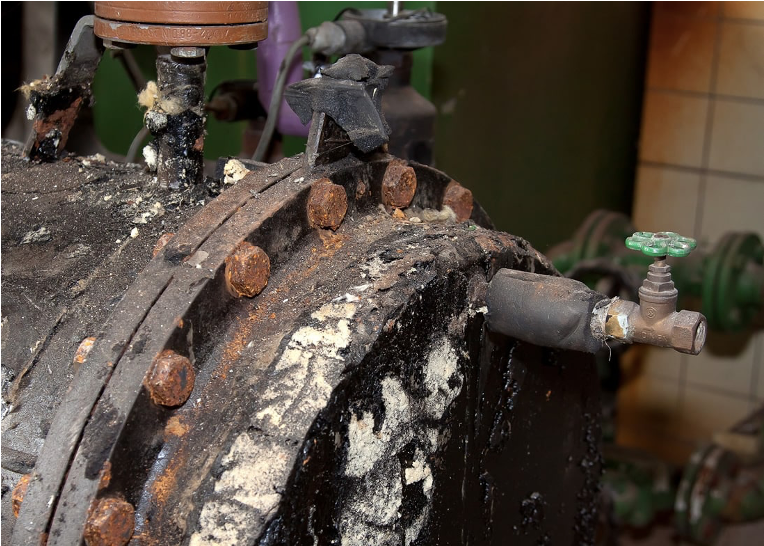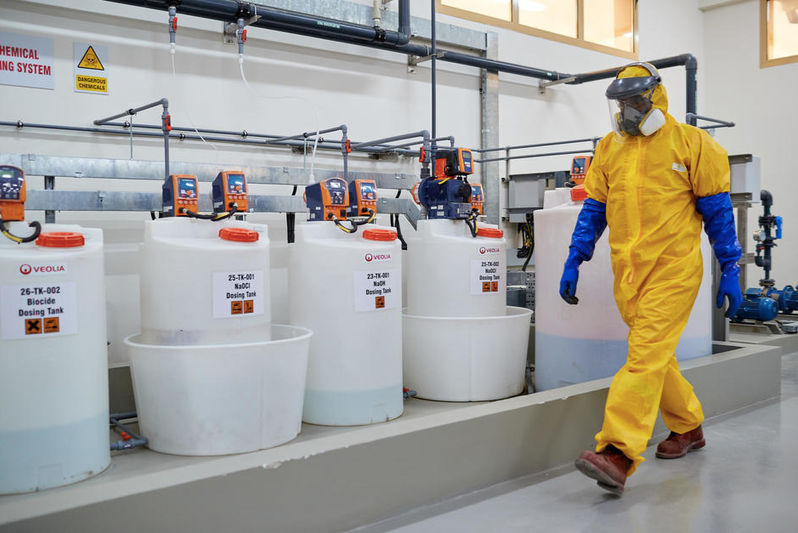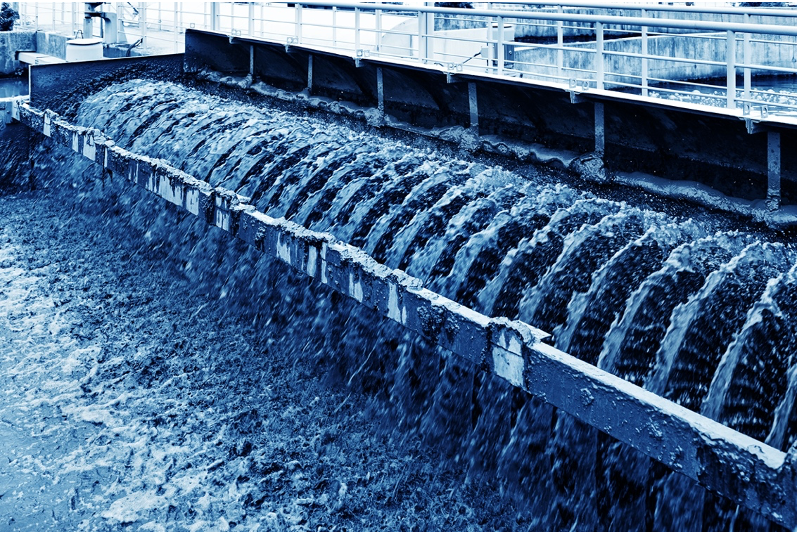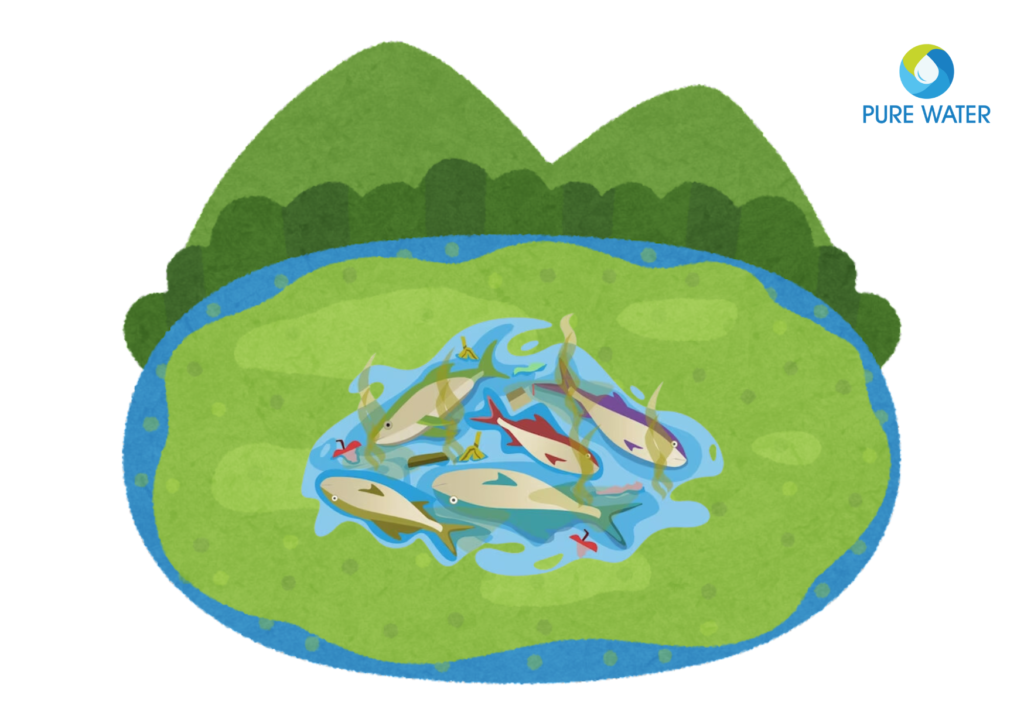
Water hardness is a common issue that affects various industries and domestic water supplies worldwide. It refers to the concentration of calcium and magnesium ions in water, which can lead to several challenges in industrial processes and water treatment systems.
In this blog, we will delve into the concept of hardness in water, its adverse effects on multiple stage Zero Liquid Discharge (ZLD) systems, and its impact on Reverse Osmosis (RO) recovery. Additionally, we will explore how removing hardness at the initial stages can enhance RO recovery and eliminate the need for lime soda softening before entering the multiple effect evaporator.
Understanding Water Hardness
Water hardness is primarily caused by the presence of dissolved calcium and magnesium minerals in water. These minerals accumulate as groundwater passes through limestone and other mineral-rich formations. The hardness level is typically expressed in parts per million (ppm) or milligrams per liter (mg/L) of calcium carbonate (CaCO3) equivalent.
Water is classified as soft (0-60 ppm), moderately hard (61-120 ppm), hard (121-180 ppm), and very hard (above 180 ppm) based on the concentration of these minerals.
Effects of High Hardness in Multiple Stage ZLD Systems
In multiple stage Zero Liquid Discharge (ZLD) systems, water undergoes a series of treatment stages to achieve minimal or zero liquid discharge. High water hardness can adversely impact the overall efficiency and operation of such systems:
- Scaling and Fouling: High hardness minerals have a tendency to precipitate and form scale deposits on equipment surfaces. Scaling can reduce heat transfer efficiency, hinder flow, and lead to equipment fouling, thereby reducing the ZLD system’s performance and increasing maintenance costs.
- Lower Water Recovery: Scaling and fouling caused by hardness can lead to reduced water recovery rates in the ZLD system. As equipment becomes fouled, more water is wasted during the cleaning process, impacting the system’s ability to achieve zero liquid discharge.
- Increased Chemical Consumption: To counteract the effects of scaling and fouling, additional chemicals may be required, leading to increased chemical consumption and operational expenses.
High Hardness Impact on RO Recovery
RO is a critical stage in many water treatment systems, including ZLD, as it removes dissolved salts and impurities from water. However, high hardness levels in the influent can significantly impact RO recovery:
- Membrane Scaling: RO membranes are highly susceptible to scaling caused by calcium and magnesium ions. As hardness levels increase, the potential for scaling also rises, reducing RO membrane efficiency and lifespan.
- Lower RO Recovery: Scaling on RO membranes lowers the system’s overall water recovery rate. The system may require increased flushing and cleaning cycles to maintain performance, leading to reduced water recovery and higher operational costs.
- Maintenance and Replacement Costs: Frequent scaling and cleaning of RO membranes can increase maintenance costs and necessitate premature membrane replacement, impacting the overall sustainability of the water treatment system.
Benefits of Removing Hardness in Initial Stages for RO Recovery:
To address the challenges posed by water hardness and maximize RO recovery, removing hardness in the initial stages of the water treatment process is crucial. This can be achieved through various methods, such as using ion exchange softening or introducing specialized antiscalant chemicals in the feed water:
- Enhanced RO Performance: By removing hardness at the initial stages, the risk of scaling on RO membranes is significantly reduced. This ensures consistent RO performance and higher water recovery rates.
- Cost Savings: Eliminating the need for lime soda softening before entering the multiple effect evaporator streamlines the treatment process, reducing chemical consumption, and lowering operational costs.
- Increased Efficiency: Efficient hardness removal in the early stages of the treatment process results in improved system efficiency and reduced downtime for maintenance, ultimately leading to enhanced water treatment productivity.
Water hardness is a significant concern for industries and water treatment systems worldwide. Its adverse effects on multiple stage ZLD systems and RO recovery can lead to reduced efficiency, increased operational costs, and compromised water quality.
By addressing hardness at the initial stages of the treatment process, industries can enhance RO recovery, achieve zero liquid discharge more effectively, and eliminate the need for lime soda softening, resulting in a more sustainable and efficient water treatment solution.






About The Author: Pure Water
More posts by Pure Water